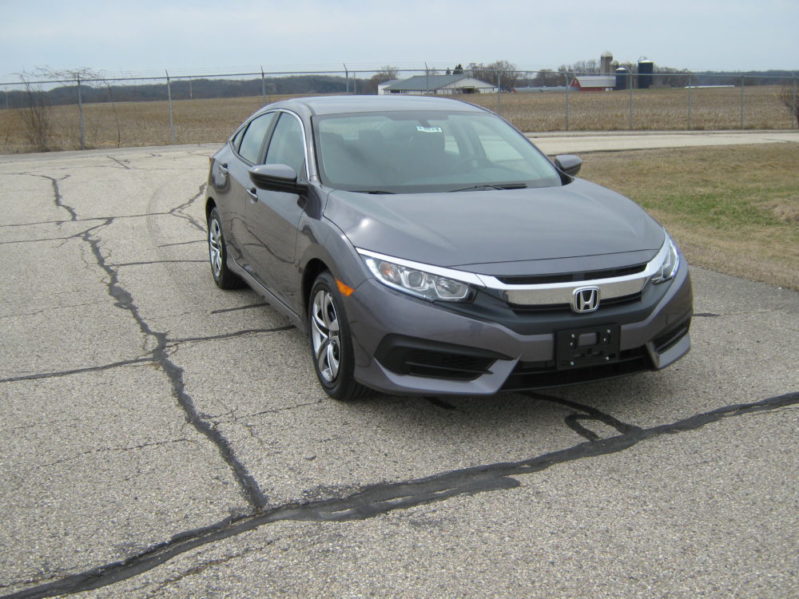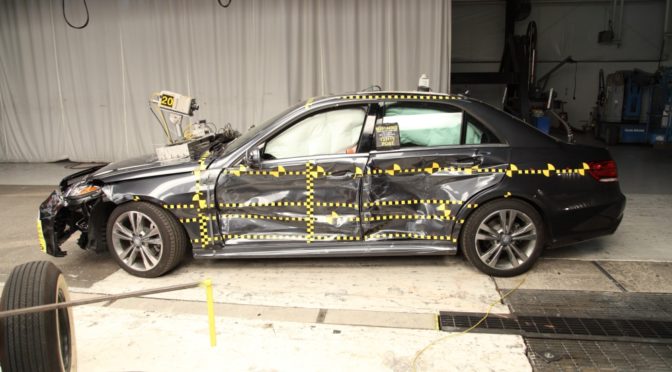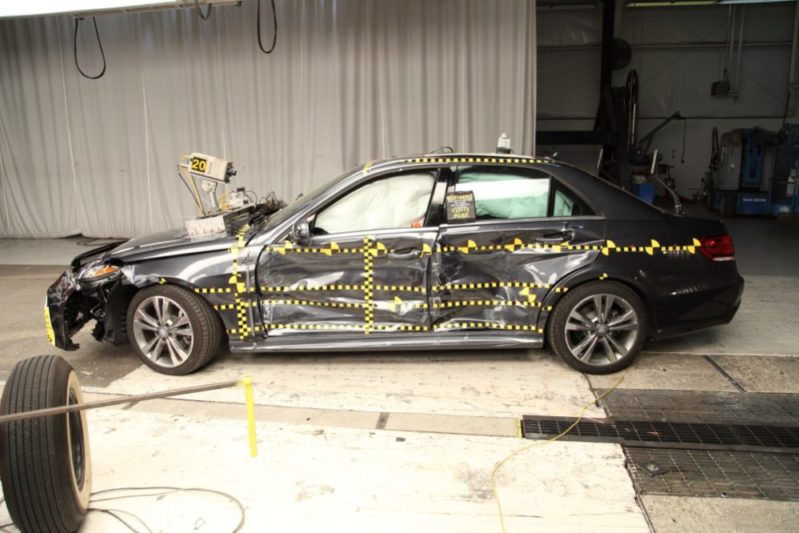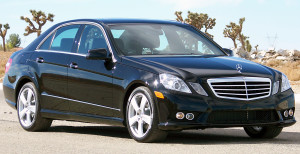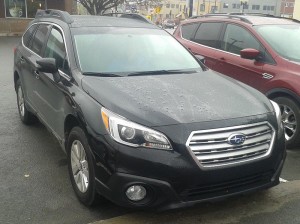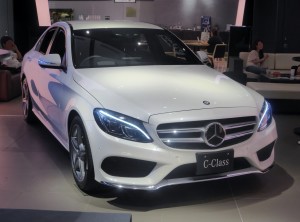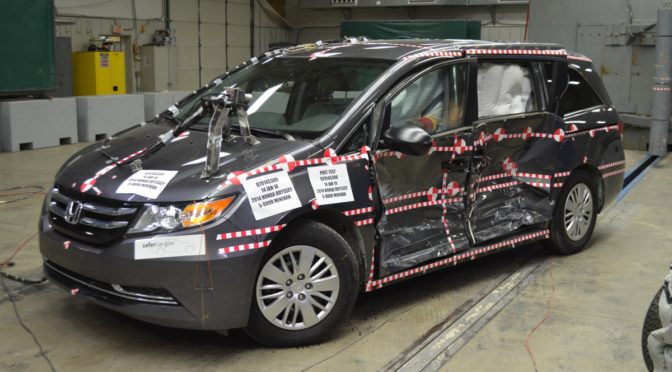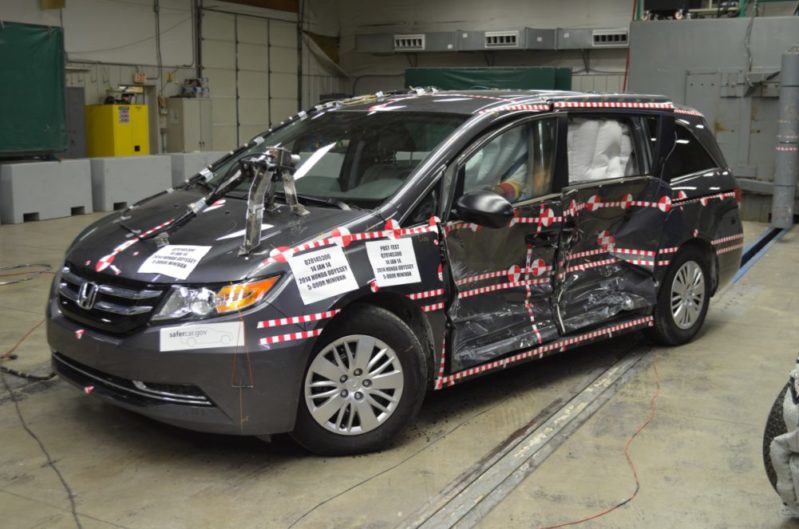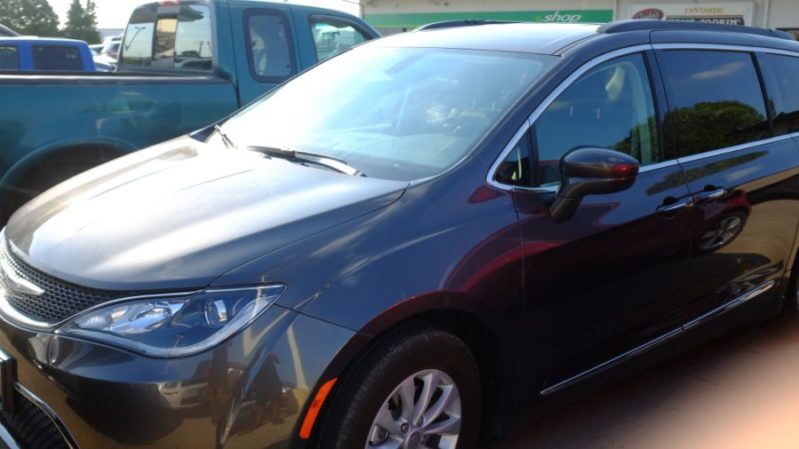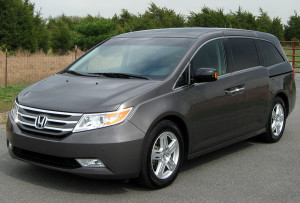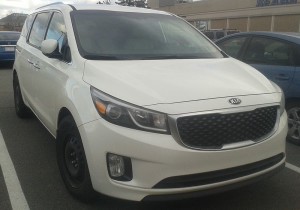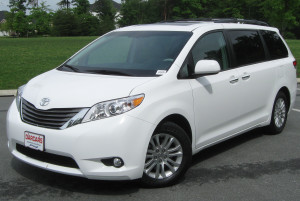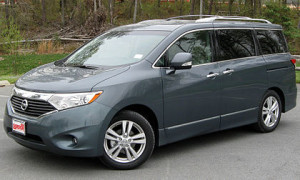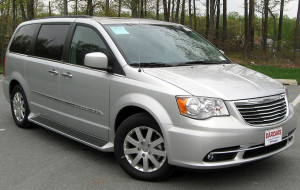I love station wagons and I’m pretty fond of hatchbacks. Unfortunately, neither are nearly as popular today in the US as they used to be. They’re still all the rage in Europe (where the roads are safer and the cars are smaller), but in the US and Canada, they’ve largely been replaced by SUVs, which have largely been replaced by crossovers. At any rate, I’m still a fan of them, and there’s a growing number of folks around the US who feel the same way.
However, if you’ve got a family, or are simply safety-conscious, you might be concerned about giving up something by choosing a station wagon or hatchback over an SUV or a minivan. The good news is that you don’t have to sacrifice safety for the practicality of a good wagon. In fact, the leading wagons are among the safest vehicles on the road; you just have to know which ones to look for.
Here’s a recap of my favorites on the market at the moment, along with leading safety features and 3 across car seat guides for fellow parents. The wagons are sorted by levels of side impact resistance, given the importance of reducing B-pillar penetration in surviving side impacts and the high fatality rate of side impact collisions. I’ll write a similar comparison of hatchbacks (e.g., vehicles like the Prius, Golf, 500L, and Impreza) later on.
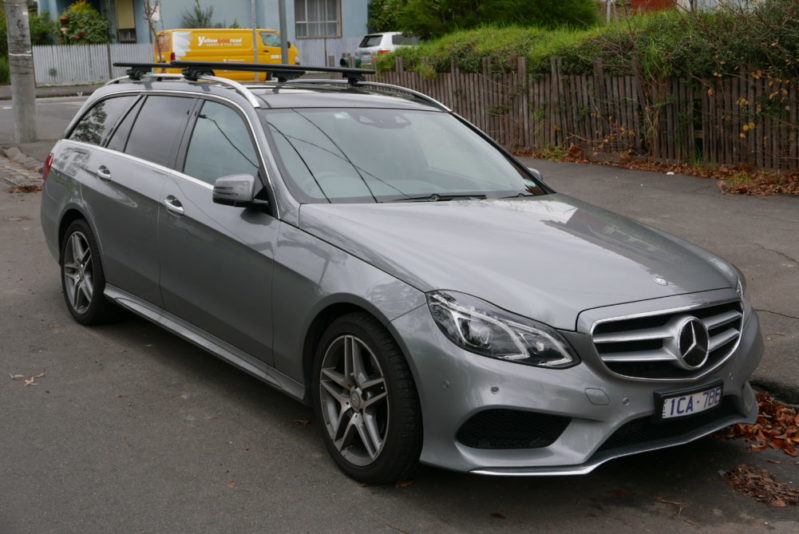 2010-2017 Mercedes-Benz E-Class Wagon
2010-2017 Mercedes-Benz E-Class Wagon
If you’re looking for luxury combined with safety in wagon form, the E-Class wagon is the vehicle most likely to meet your needs. Based on the E-Class sedan which boasts the highest level of side impact protection of any sedan at 24 cm of B-pillar resistance, we can expect the wagon variant to perform similarly, placing the E-Class wagon at the top of station wagon safety mountain. It has great frontal small overlap and moderate overlap scores, side scores, roof scores, as well as good frontal crash protection. Like most of the vehicles on this list, it received a Top Safety Pick+ award by the IIHS in 2016 when equipped with optional frontal crash prevention packages.
The biggest strikes against the E-Class wagon are its purchase price (it currently retails at $59,000, which is more than the median family household income in the US) and the price to maintain it; like almost all luxury vehicles, you can easily end up spending thousands each year to keep it on the road, which make it a potentially hazardous choice if you don’t have the maintenance skills, social network, or pocketbook necessary to keep it happy.
My 3 across car seat guide to the E-Class wagon is here.
The Outback is the undisputed king of station wagons and hatchbacks in the US; sales estimates for the year are beyond 160,000 models, making it one of the 30 most popular vehicles sold in the country. Based on the Legacy, its sedan counterpart, the Outback includes a range of modern safety features, including solid crash scores as well as good frontal crash prevention with the purchase of an additional package. It also features 22 cm of side impact intrusion resistance, more than any other non-luxury station wagon (only the E-Class wagon is estimated to be higher at 24 cm). If you want a safe family station wagon, statistically, you’re probably going to end up with the Outback. And that’s not a bad choice at all.
My 3 across car seat guide to the Outback is here.
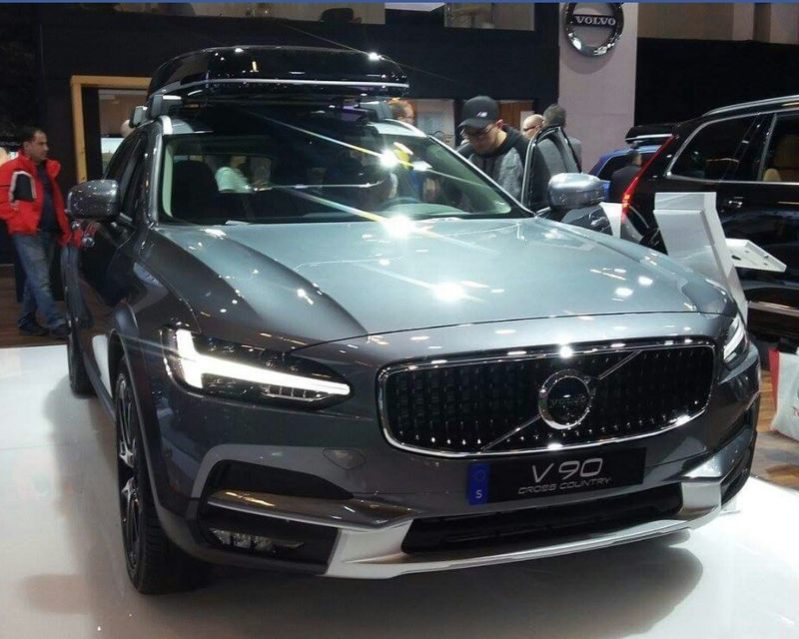 2017 Volvo V90
2017 Volvo V90
The V90 is the station wagon version of Volvo’s recently released S90, which itself is a successor to the S80. Because the IIHS rarely tests luxury wagons and because Volvo, like most manufacturers, doesn’t change much from the sedan to wagon version, we can assume the V90 is structured identically to the S90 from a safety standpoint, which means it’s going to be another good choice for families, as well as a direct competitor to the E-Class wagon. We can estimate its side impact intrusion resistance at 18.5 cm due to the S90’s performance in this area. Similarly, because the S90 received a Top Safety Pick award by the IIHS for 2017, we can expect the V90 to be at the same level of recognition by the IIHS.
The primary downside to the V90 is the fact that it costs almost as much as the E-Class Wagon at $55,000 MSRP while having no availability whatsoever in the used market due to its debuting as a 2017 model year vehicle.
My 3 across car seat guide to the V90 is coming soon.
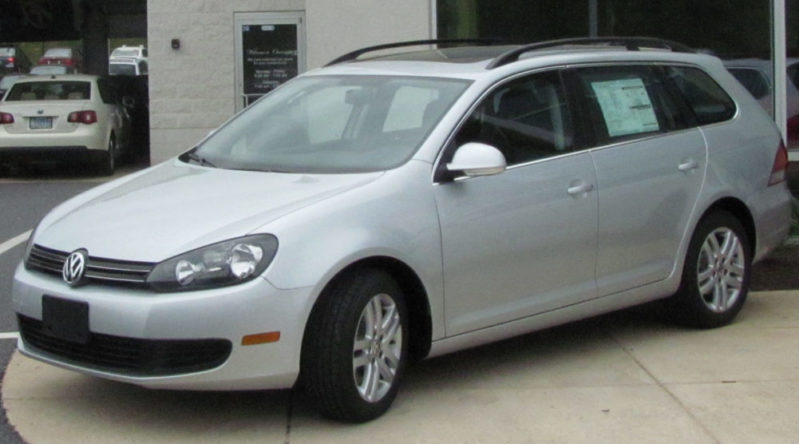 2009-2017 Volkswagen Jetta SportWagen
2009-2017 Volkswagen Jetta SportWagen
The Jetta SportWagen design is the oldest of the vehicles on this list, but it competes admirably against the rest. Dating back to 2009, the current design is still relevant among the competition with 15.5 cm of side impact intrusion resistance, as well as good frontal, side, and roof scores. It’s important to note that the IIHS has not evaluated the SportWagen for small overlap performance, so this area is likely poor or marginal. However, in the ultimate test of driver safety–actual driver death records–the IIHS found the ’09-’11 SportWagen to do just as good of a job as the ’10-’11 Outback with a driver death rate of 6, one of the lowest of all vehicles surveyed.
My 3 across car seat guide to the Jetta wagon is here.
Like its larger sibling the V90, the V60 is the wagon version of a sedan, the S60. And like the S90 (on which the V90 is based), the V60 is outfitted with a wide array of safety features and scores well in a range of areas. Notably, unlike the S90 (and V90 by extension), the V60 has a good torso subscore in the side impact test. The B-pillar intrusion resistance is decent at 15.5 cm and tied with that of the SportWagen. As a nod to its good performance in a battery of IIHS tests, it received a Top Safety Pick+ award by the IIHS for 2016 when equipped with optional additional frontal crash prevention technology.
My 3 across car seat guide to the V60 is here.
The Prius V is the reigning champion of hybrid station wagons, and its smaller cousin, the Prius, was also the safest small car sold in the US a few years ago per the IIHS’ most recent driver death rate study. As a result, I do recommend the V for families or individuals in search of a fuel efficient safe station wagon. It’s also worth keeping in mind that the current Prius V has many more safety features than the prior regular Prius that ranked well in the IIHS study. Howevr, keep in mind that as with many vehicles that rank well in actual death rate studies, I feel the performance has far more to do with the drivers of the vehicles than it does with the vehicles themselves.
The biggest strikes against the Prius V from a side impact standpoint are that it only offers 10.5 cm of intrusion resistance, earning it an “acceptable” subscore in that area from the IIHS (who prefer to see at least 12.5 cm), and the fact that the head protection for rear passengers scored “marginal”, indicating there’d not be an adequate level of head protection in an actual side impact collision. This is something Toyota needs to fix, and soon. That said, the vehicle still received a Top Safety Pick+ award by the IIHS for 2016 when equipped with optional additional frontal crash prevention technology.
My 3 across car seat guide to the Prius V is here.
Conclusions
In conclusion, while these aren’t the only station wagons worth looking at from a safety perspective in the United States, these are definitely the primary players worth considering if safety is a priority.
Each vehicle here has its benefits; if you’re looking for the safest vehicle on paper, the most expensive, or the most luxurious, you’ll want the E-Class wagon. If you’re interested in the cheapest to maintain, you’ll want the Prius V. If you’re looking for the absolute cheapest to buy on the used market, you’ll want the SportWagen. The most ground clearance and the most popular? That’s the Outback. Some luxury without E-Class attractiveness to thieves? The V90 or the V60, depending on your budget and size requirements. Of course, you can look at each of these vehicles in entirely different ways. The most important thing to remember, however, is that at these levels of safety, how you drive will make far more of a difference than what you drive.
We can’t control everything. The safest option is still not driving at all, followed by driving as little as possible. But if you’ve got to drive, drive safely, and do your best to choose a safe vehicle. To that end, my guides to the various safety levels available in used and new vehicles on the market are worth reading.
1. How Old is Too Old For a Safe Used Car / SUV? Part 1
2. How Old is OK For a Safe Used Car, Minivan, or SUV? Part 2
3. What To Look For in a Safe Used Car, Minivan, or SUV? Part 3
4. The Best Safety Features in Used Cars, Minivans, SUVs: Part 4
I hope you enjoyed reading this as much as I enjoyed writing it. It’s exciting to see where we’re headed in vehicle safety these days. I’ll have followup articles soon comparing comparing car and SUV safety along the same metrics. Stay tuned, remember to avoid common mistakes parents make with car seats, and check out some 3 across car seat guides while you’re here.
If you find the information on car safety, recommended car seats, and car seat reviews on this car seat blog helpful, you can shop through this Amazon link for any purchases, car seat-related or not. Canadians can shop through this link for Canadian purchases.

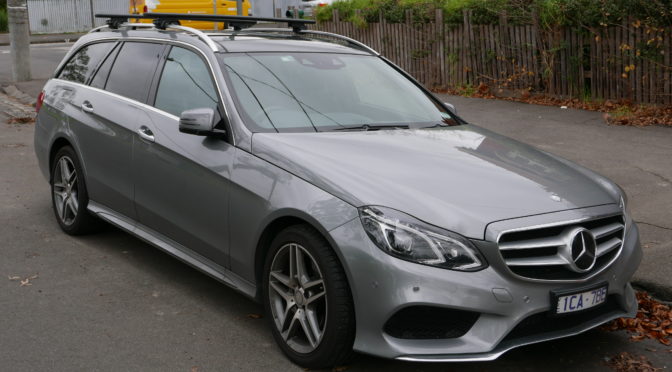
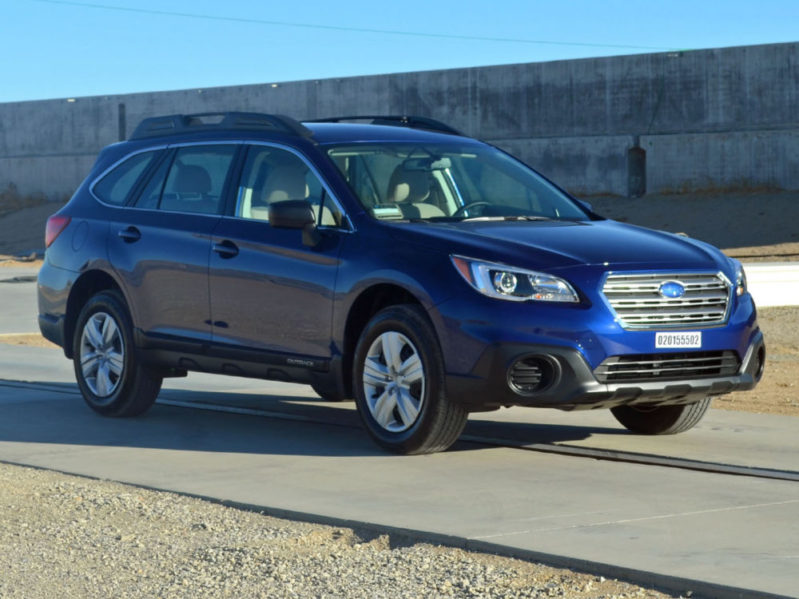
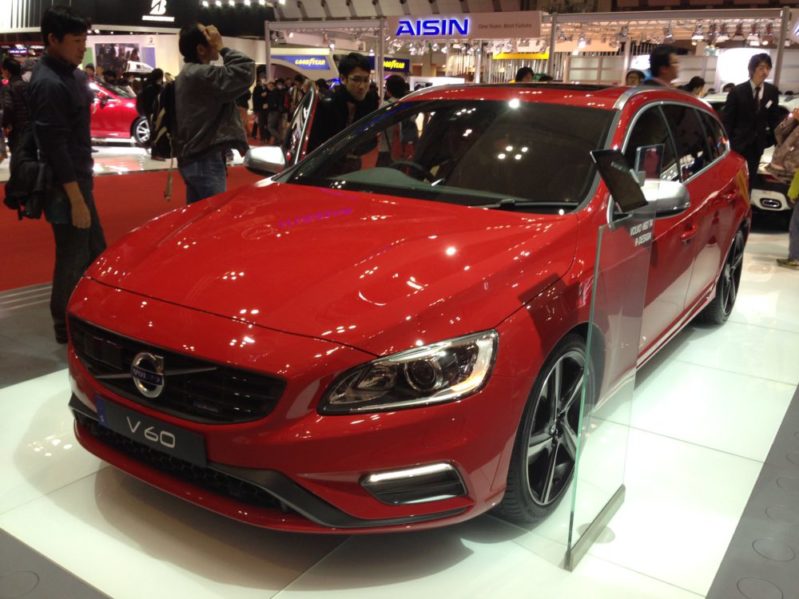
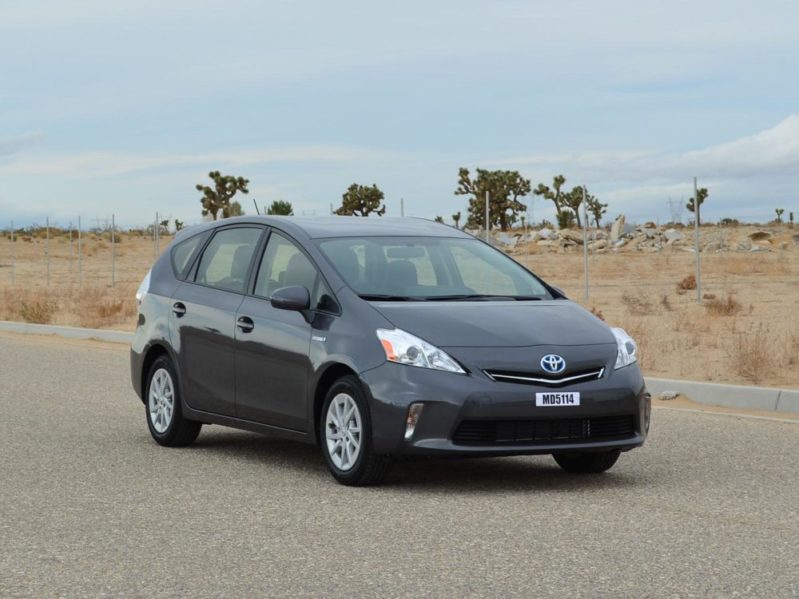
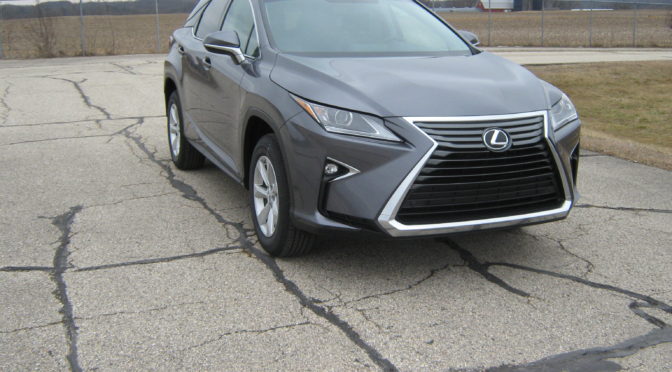
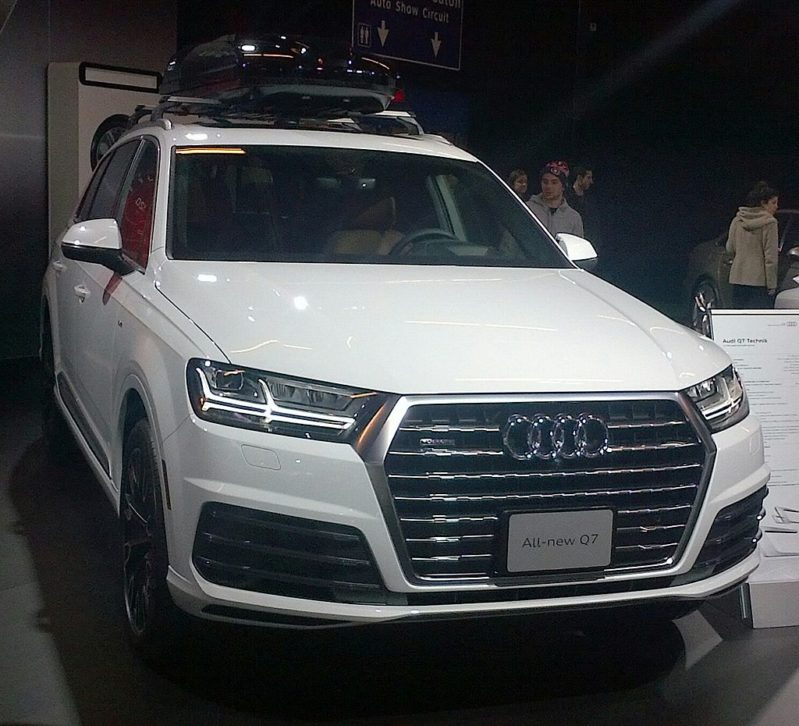

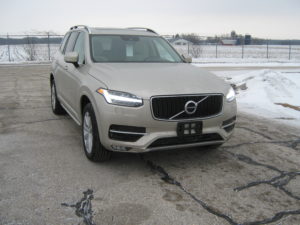
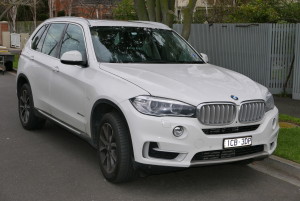 25 cm –
25 cm – 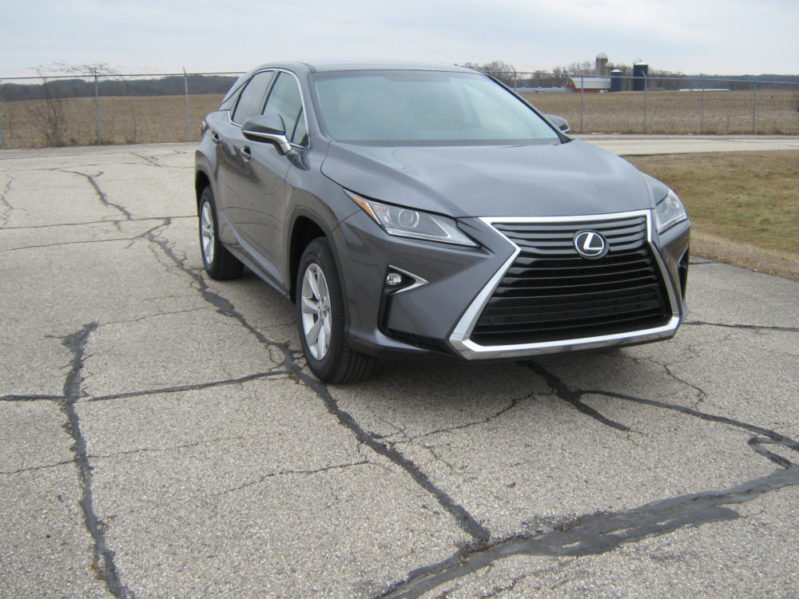
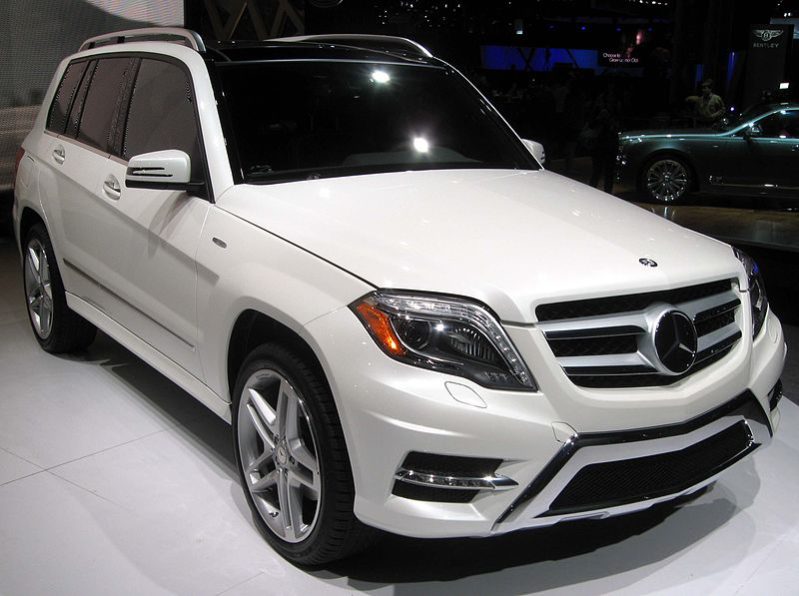
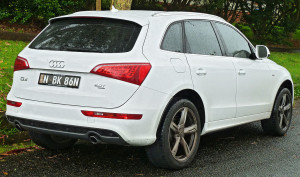 23 cm –
23 cm – 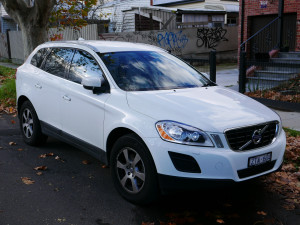
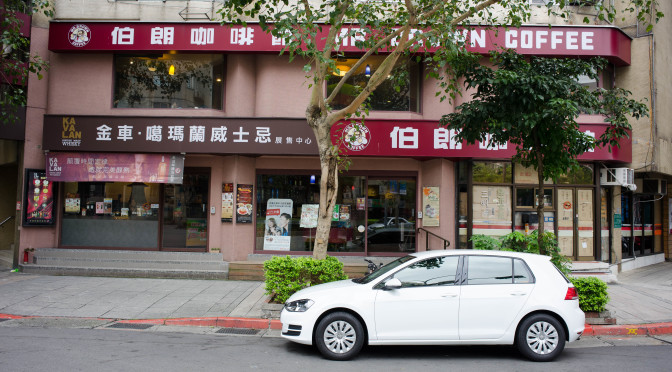
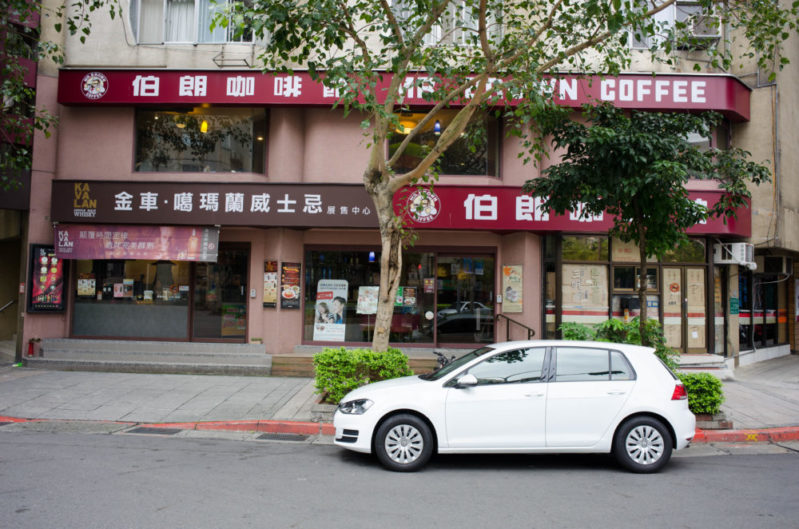
 22 cm –
22 cm – 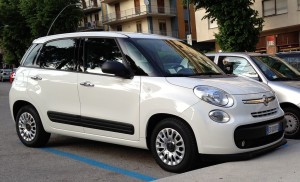
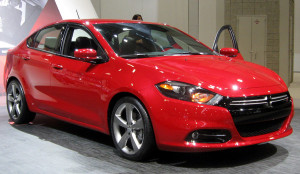
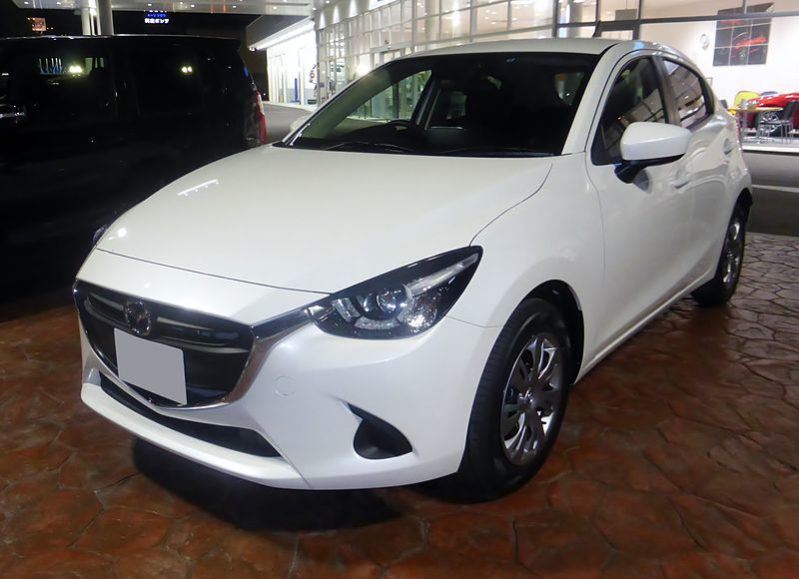 18.5 cm – 2016 Scion iA / Toyota Yaris iA.
18.5 cm – 2016 Scion iA / Toyota Yaris iA.